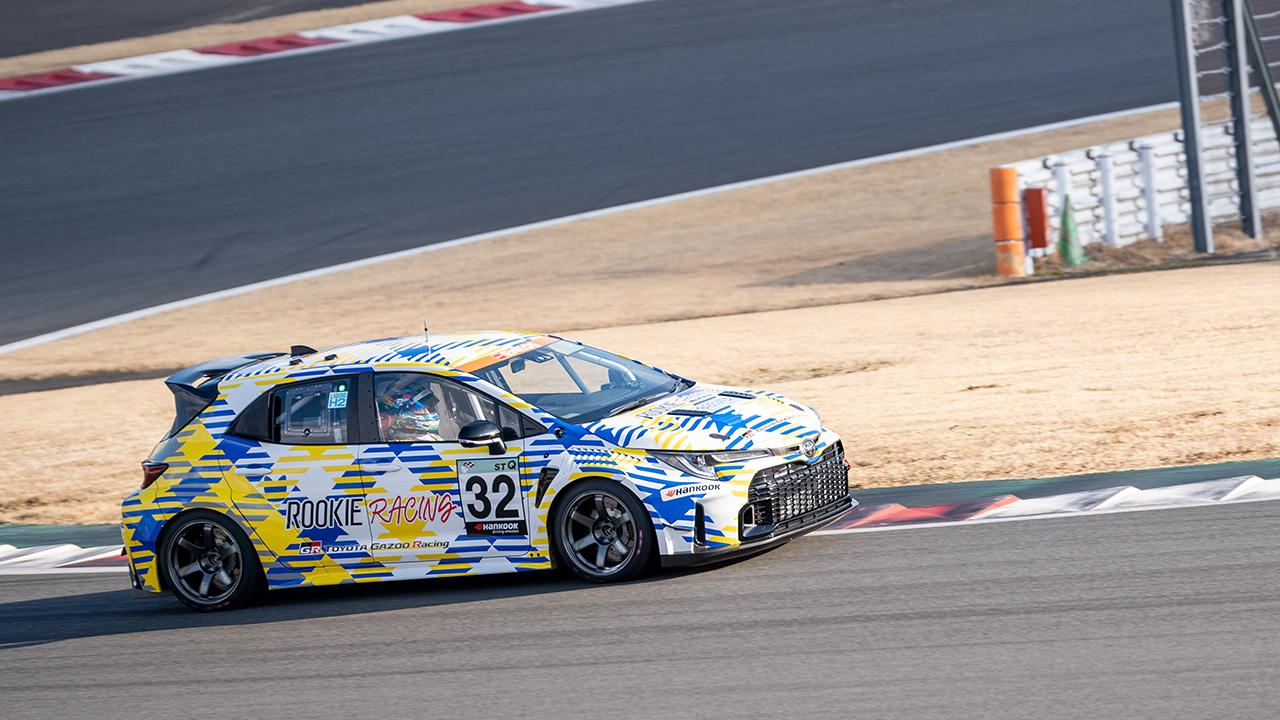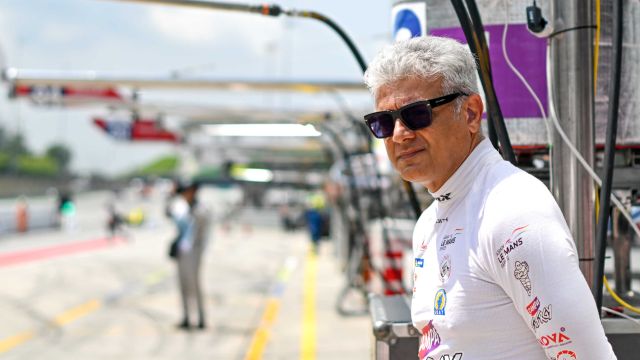World-First! Liquid Hydrogen Official Race Test at Fuji
It marked the car’s first public appearance and the first time ever for a manufacturer vehicle running on liquid hydrogen to hit the racetrack.
Whereas the GR Corollas competing in previous Super Taikyu events were fueled by gaseous hydrogen, this official test featured a GR Corolla using liquid fuel.
The car ran three sessions on the day. This test simulated real race conditions, including sharing the track with other cars and refueling within designated times.
Driver Masahiro Sasaki explains the challenge. “We’re fighting to create a future for the internal combustion engine by tackling a technology deemed unfeasible for cars, in the uncharted territory of -253°C.”
“While various hurdles still remain, as with gaseous hydrogen we hope that our agile development on the racetrack will feed back into everyday cars,” says a determined Sasaki.
With development ongoing, the team is aiming to compete in the 2023 Super Taikyu season that kicks off this month. Doing so will accelerate efforts to expand fuel options in pursuit of a carbon-neutral society.
Liquid hydrogen vehicle’s development journey
In March 2022, at the Super Taikyu opening round at Suzuka Circuit in Mie Prefecture, Toyota revealed that it had begun developing a vehicle fueled by liquid hydrogen.
Three months later, at the second round at Fuji Speedway, the team exhibited an onboard system and mobile station for liquid hydrogen.
From there, following testing and approval of liquid hydrogen tanks and other components, at the end of October, the vehicle was successfully filled up with hydrogen and taken for a test drive.
From November, the team racked up track sessions to flush out any issues with the liquid hydrogen system and get the car race-ready.
This year, the focus is honing technology and personnel with the aim of fielding a liquid hydrogen-powered car in competition of Super Taikyu.
The merits of liquid hydrogen
Until last year, the hydrogen-powered Corollas had been fueled by gaseous hydrogen. In general, the ability to run on a liquid fuel boosts the energy density per unit volume and increases driving range.
For gaseous hydrogen, tanks are filled at high pressure and must therefore be cylindrical. When the fuel is in a liquid state, however, there is no need for tanks to be pressurized. In the future, fuel tanks could be shaped conveniently for under-floor mounting, offering the potential to improve packaging efficiency.
Liquefaction transforms the pits
Switching the fuel from gas to liquid also allows for more compact mobile hydrogen stations.
Liquefaction reduces the required size of transport trucks and eliminates the need for facilities that boost pressure up to 70MPa. This shrinks the footprint of a station to about one-quarter of that needed for gaseous hydrogen. As with gasoline vehicles, refueling could also be done in the pit area.
What’s more, since refueling no longer needs to be done at pressure, multiple cars can be filled up in succession.
Moving forward, Toyota will focus on challenges such as maintaining the ultralow temperature of -253°C during refueling and storage, and dealing with natural vaporization as tanks heat up, as it strives to pick up the pace of technological development.






Comments
Log in to comment the article